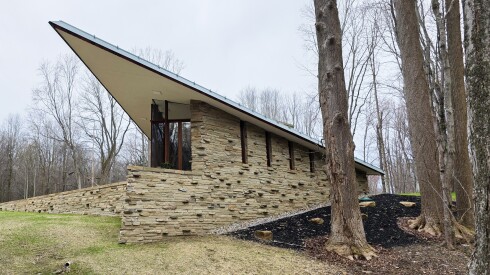When Berlin was divided, Checkpoint Charlie was the most famous of the border crossings between the eastern and western halves of the city. It was here that Allied soldiers registered before crossing over into the Soviet-controlled sectors. Thanks to its appearances in Cold War thrillers from Bond movies to John Le Carré novels, it has become a symbol of that era in the city’s, and world’s, history. A small museum nearby includes a replica of the guardhouse that once stood here.
More Recommendations
Checkpoint Charlie
Probably one of the most “touristy” things you can do in Berlin, Checkpoint Charlie is still a must-see if you are in Berlin to understand the history of the Cold War. The checkpoint itself is nothing to write home about. It is manned by two actors and certainly is not authentic. But, the area around Checkpoint Charlie is worth exploring. There are pieces of the Berlin Wall to touch and feel, an easy to navigate exhibition on the history of the checkpoint and is across the street from one of the must-try Currywurst stands (I recommend getting your currywurst spicy and with fries). Walk just a few blocks beyond Checkpoint Charlie and you’ll find yourself at the site of what once was the HQ for the SS and where you can walk along a large portion of the Berlin Wall.
Vintage photo from the 1970s—Entering East Berlin
The year I spent vagabonding around Europe and the Middle East after college was one of the most educational experiences of my life. The train ride from West Germany into West Berlin was very different. Once we crossed into East Germany, the East German rail crew took over. Attendants came through each rail car and pulled down the shades on all the windows. We were give strict instructions NOT to lift them during our transit to West Berlin. Upon arrival, I found my way to Checkpoint Charlie, the crossing into East Berlin. This part of the city still had massive damage from WWII. I cruelly joked to myself that it had more ruins than Rome. And when the Wall finally came down in 1989, I made a commitment to go back and revisit Berlin. And so in November 1990, I came to Berlin, walked past the rapidly disappearing Wall, and rejoiced that the city and country were healing. Growing up during the cold war, I never thought I’d see this day. I am so glad I did.
Inspirational Checkpoint Charlie Museum
Relive successful escapes from East Germany through photos, documents and the actual get-away contraptions (including welding machines, hollowed-out coupes, stereo speakers, pulley-driven chairlifts suspended from powerlines, home-made hot air balloons. submarines the size of iron lungs, motorgliders, inflatable kayaks, and gutted surfboards strapped to luggage racks). The personal stories of desperation, ingenuity and triumph touched me like no other exhibit I’ve encountered. Don’t miss the third floor, in particular the somber/creepy/mesmerizing Matthias Koeppel mural depicting Germany as he imagined it in 1937 (he is a homely baby in a stroller), Germany in 1987 (he is an overweight outsider in lederhosen) and the dismal Germany he predicts in 2037 (he is a runk covorting with a prostitute).























